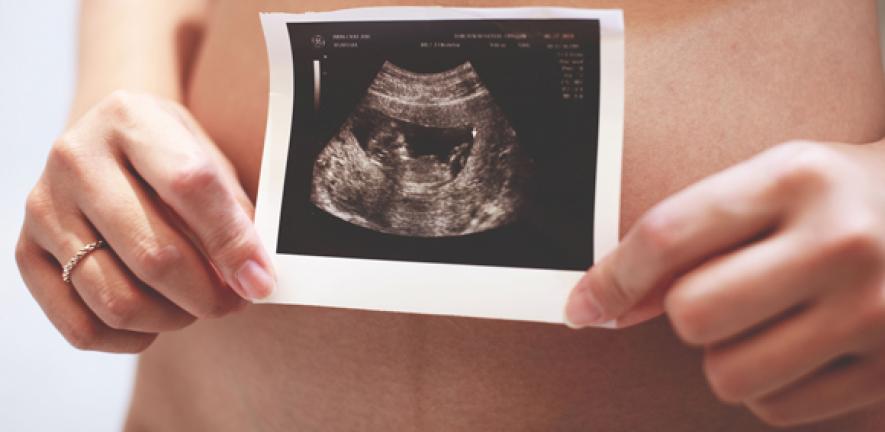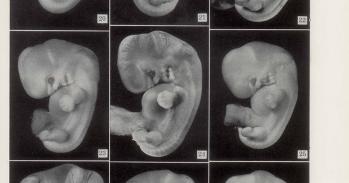
The sex of a baby controls the level of small molecules known as metabolites in the pregnant mother’s blood, which may explain why risks of some diseases in pregnancy vary depending whether the mother is carrying a boy or a girl, according to new research from the University of Cambridge.
The sex of a baby controls the level of small molecules known as metabolites in the pregnant mother’s blood, which may explain why risks of some diseases in pregnancy vary depending whether the mother is carrying a boy or a girl, according to new research from the University of Cambridge.
In pregnancy and childbirth, the sex of the baby is at the forefront of many parents’ minds, but we do not even think of the placenta as having a sex
Gordon Smith
The findings, published today in JCI Insight, help to explain, for example, why male babies in the womb may be more vulnerable to the effects of poor growth, and why being pregnant with a girl may lead to an increased risk of severe pre-eclampsia for the mother.
A team led by researchers at the Department of Obstetrics and Gynaecology, NIHR Cambridge Biomedical Research Centre, performed detailed scientific studies of more than 4,000 first time mothers and analysed samples of placenta and maternal blood.
They found that the genetic profile of the placentas of male and female babies were very different in relation to the baby’s sex. Many of the genes that differed according to the sex of the baby in the placenta had not previously been seen to differ by sex in other tissues of the body.
The team found that one of these uniquely sex-related placental genes controlled the level of a small molecule called spermine. Spermine is a metabolite – a substance involved in metabolism – that plays an important role in all cells and is even essential for the growth of some bacteria.
Female placentas had much higher levels of the enzyme that makes spermine, and mothers pregnant with baby girls had higher levels of a form of spermine in their blood compared to mothers pregnant with baby boys.
Placental cells from boys were also found to be more susceptible to the toxic effects of a drug that blocked spermine production. This provided direct experimental evidence for sex-related differences in the placental metabolism of spermine.
The researchers also found that the form of spermine which was higher in mothers pregnant with a girl was also predictive of the risk of pregnancy complications: high levels were associated with an increased risk of pre-eclampsia (where the mother develops high blood pressure and kidney disease), whereas low levels were associated with an increased risk of poor fetal growth.
The patterns observed were all consistent with previous work which has shown that boys may be more vulnerable to the effects of fetal growth restriction and that being pregnant with a girl may lead to an increased risk of severe preeclampsia.
“In pregnancy and childbirth, the sex of the baby is at the forefront of many parents’ minds, but we do not even think of the placenta as having a sex. This work shows that the placenta differs profoundly according to sex,” says Professor Gordon Smith from the University of Cambridge, who led the study.
“These differences alter elements of the composition of the mother’s blood and may even modify her risk of pregnancy complications. Better understanding of these differences could lead to new predictive tests and possibly even new approaches to reducing the risk of poor pregnancy outcome.”
The work was supported by NIHR Cambridge Biomedical Research Centre and the Medical Research Council.
Reference
Gong, S et al. Placental polyamine metabolism differs by fetal sex, fetal growth restriction, and preeclampsia. JCI Insight; 12 July 2018; DOI: 10.1172/jci.insight.120723

The text in this work is licensed under a Creative Commons Attribution 4.0 International License. Images, including our videos, are Copyright ©University of Cambridge and licensors/contributors as identified. All rights reserved. We make our image and video content available in a number of ways – as here, on our main website under its Terms and conditions, and on a range of channels including social media that permit your use and sharing of our content under their respective Terms.




